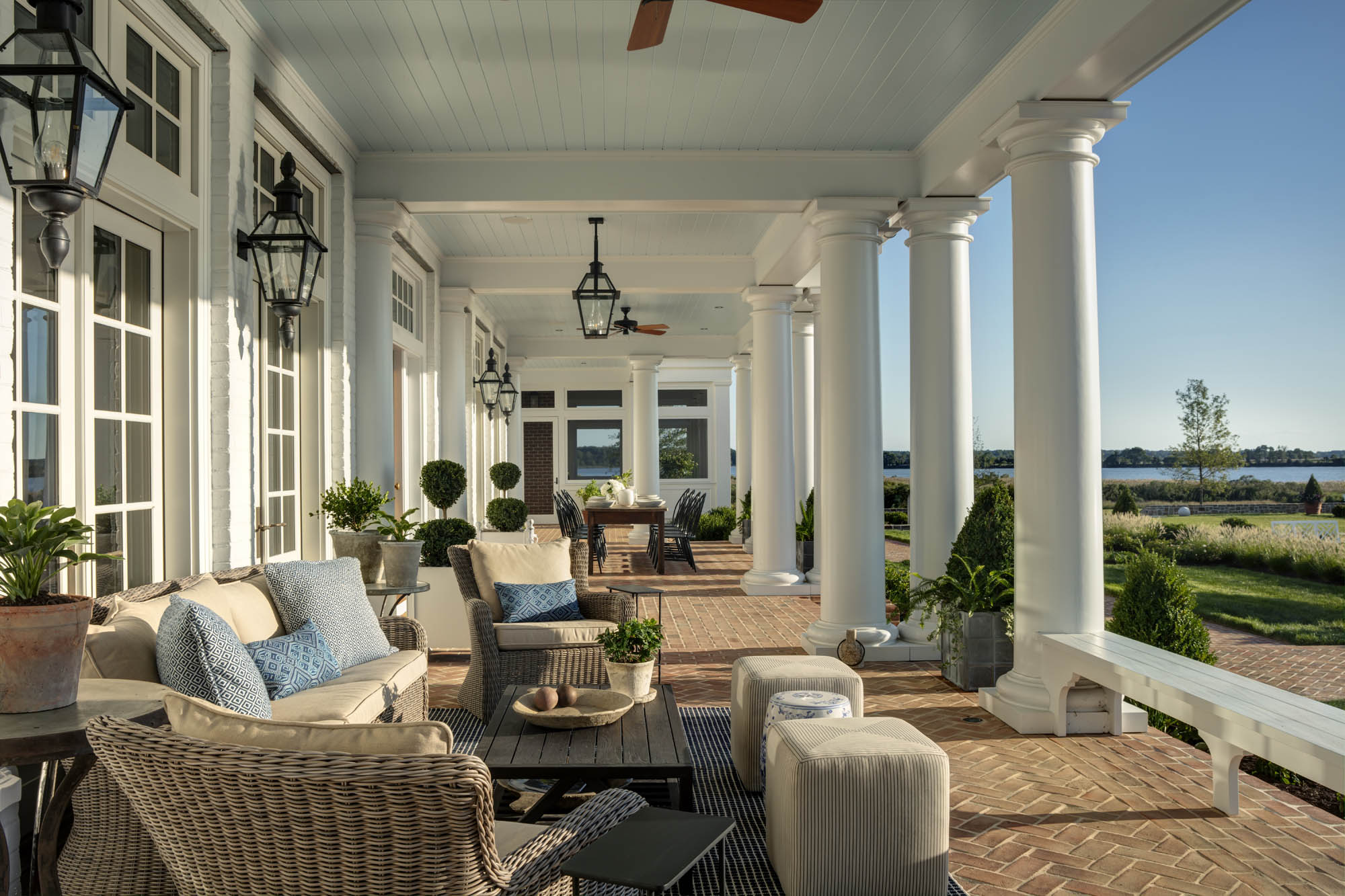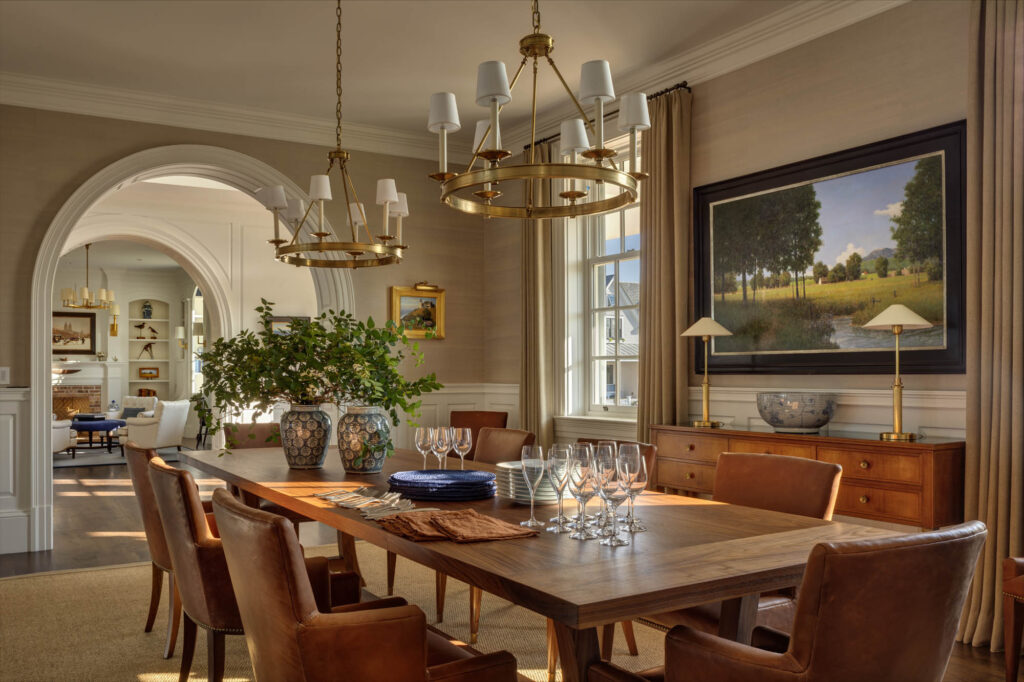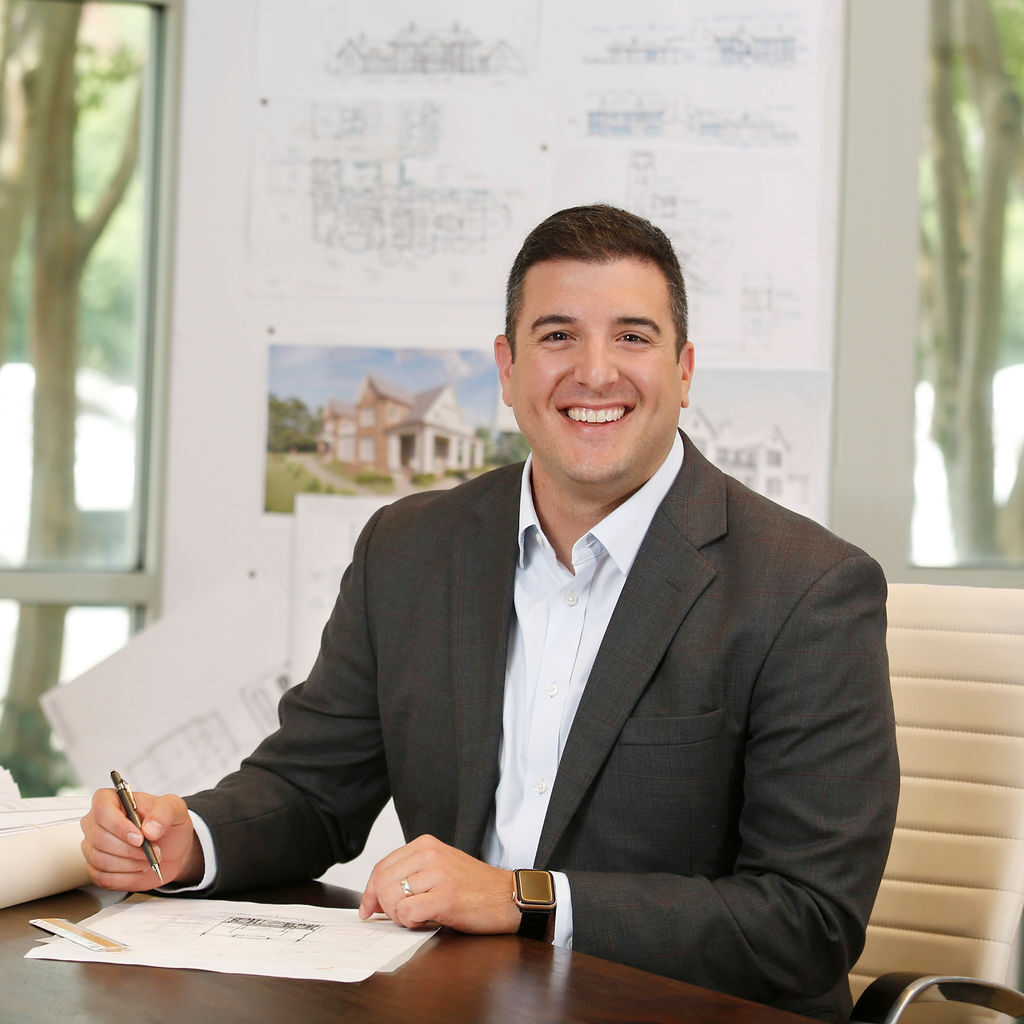Simplicity in Design
Simple is rarely easy. There’s almost always an underlying effort needed to create architectural designs that are understated and peaceful. Often the results of this effort are intentionally hidden or unnoticed.
Designing simply is the active pursuit of creating calmness in a home’s organization and emotional experience – a calmness achieved through balance. Balance not held to in an overbearing, rigid sort of way but in a clear, straightforward expression of space.
Designing for calmness and balance includes a range of techniques. Sometimes it’s seeking out symmetry, sometimes it’s uniformity (and the intentional from break it), and sometimes it’s rhythmic. It doesn’t necessarily mean unadorned or lacking detail, but it doesn’t mean overly decorative either. It’s not pure form or pure function. Simplicity in design is always contextual, centered, and unified.
It all sounds very serious, and to us, it is. But designing in these terms is at the same time so enjoyable because it requires us to challenge every move we make. Burrowing down to find the essence of a space, a need, or an aesthetic is just good, clean fun!

So how do we successfully create designs that achieve calmness through balance? First and foremost, we seek out the right homesite on the property; with the driver often being view. We place such a high priority on siting a home properly because doing so enhances and affirms our experience and appreciation of a place. No matter what form a home ends up taking, our connection to our surrounding environment is powerful. It brings on a sense of excitement and escape as we make our return, curiosity and wonder as we explore, and serenity and comfort when we settle back in. This is true of our everyday experiences and our getaways.
This complex spectrum of feelings is chaotic, so we seek out ways to make sense of it all. Our purpose as architects is to help find the calm in the storm. Ironically, sometimes taking in that storm as it rolls in may be the answer. It may be morning coffee with the sunrise coming over the mountains; or even our children or grandchildren running through a meadow after a day’s play. Whatever it is, it is our strong belief that the orientation of our homes helps us find the orientation within ourselves, or maybe even a reorientation from time to time.
We buttress that search for a sense of calm and simplicity with one of logic. We love to make sense of things – as architects, we’re in a constant pursuit to find and express order. We seek out clean lines and sequences as we link spaces together. We massage those spaces to find balanced openings for passages, symmetry around centers, rhythm in spacings, and the right placement of apertures to the world around us (it always comes back to views!). We stretch and pull not only in conceptual ways, like finding the right proportions of volumes and masses, but also in very tangible ways like the arrangements of windows and doors on a façade. The best compliment we ever receive is when someone walks into a space and says, “This just feels right!”.

The final punctuation for a simply designed home is the consideration of materials and finishes. We achieve the most comprehensive design when the exterior and interior concepts are unified. When you approach a home that’s of a particular design aesthetic it can be jarring to walk through the front door and have your expectations for the continuation of that style to be halted. A coordinated approach between exterior and interior colors, textures, scales, and shapes plays into our sequential experience of a place – how we see, approach, arrive at, and enter a home.
We aim to connect all of these points with a harmony of high-level and detail-oriented design choices that together result in more than just good architecture. It creates in a respite from our worries, something to look forward to, something to return to. Something that just makes us take a deep breath and say “ahhhhh”.
Written by Carmine Cafiero, Associate, AIA, NCARB, WELLap
Carmine believes that good design and successful projects are the result of effective listening and solid collaboration. He combines lessons learned from the University of Virginia School of Architecture and Virginia Tech School of Architecture + Design with expertise in and passion for sketching, virtual reality, and BIM. Carmine’s multifaceted approach skillfully translates a client’s vision into clear, inclusive designs that are supported by comprehensive construction documents.
